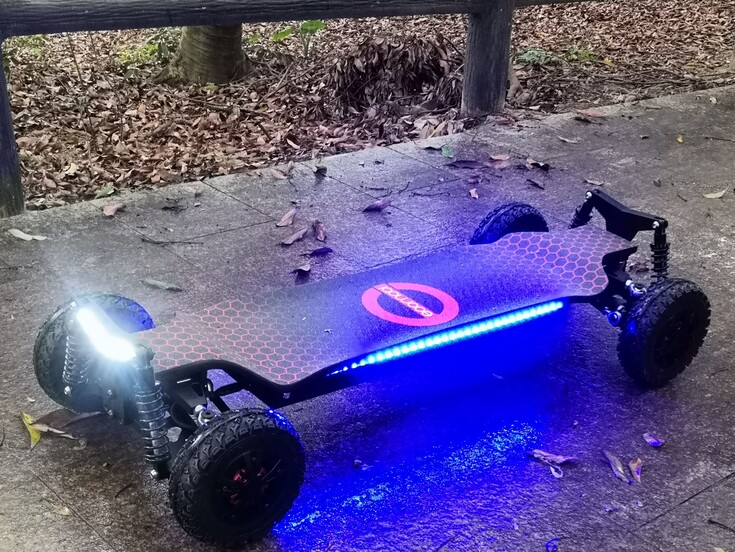Why don't we learn about skateboard motorized.
Electric skateboards have gained immense popularity in recent years, offering a thrilling and eco-friendly mode of transportation. One of the key components that make electric skateboards possible is the motor. In this article, we will delve into the various types of motors used in electric skateboards, exploring their features, advantages, and limitations.
Brushed Motors
Brushed motors are one of the earliest types of motors used in electric skateboards. They consist of a rotating armature surrounded by a stationary set of magnets. The brushes, made of carbon or graphite, provide electrical contact with the armature, allowing the motor to function. While brushed motors are affordable and widely available, they tend to be less efficient and require more maintenance compared to other types of motors.
Brushless Motors
Brushless motors have become the industry standard for electric skateboards due to their efficiency and reliability. Unlike brushed motors, brushless motors do not have physical brushes. Instead, they utilize electronic commutation to control the motor's rotation. This design eliminates the need for regular brush replacement and reduces friction, resulting in improved performance and longevity. Brushless motors also generate less heat, making them more efficient and suitable for high-performance electric skateboards.
Hub Motors
Hub motors are a type of brushless motor that is integrated into the skateboard's wheels. This design offers several advantages, including a sleek and compact appearance. Hub motors eliminate the need for a separate drivetrain, reducing the overall weight and complexity of the skateboard. Additionally, hub motors provide a smoother and quieter riding experience since they eliminate the noise and vibration associated with traditional belt or gear-driven systems. However, hub motors may have limited torque and can be more challenging to repair or replace compared to other motor types.
Dual Motors
For those seeking enhanced performance and power, dual motors are a popular choice. Dual motor setups consist of two motors, typically placed on the rear wheels of the skateboard. This configuration allows for better acceleration, increased top speed, and improved hill climbing capabilities. Dual motors also provide redundancy, ensuring that the skateboard remains operational even if one motor fails. However, dual motor setups tend to be more expensive and may require a higher capacity battery to support the increased power demand.
Exploring different types of motors used in electric skateboards opens up a world of possibilities for riders. Whether you prefer the affordability of brushed motors, the efficiency of brushless motors, the sleekness of hub motors, or the power of dual motors, there is a motor type that suits your needs and preferences.
For more information on electric skateboard motors, you can visit the following credible sites:
